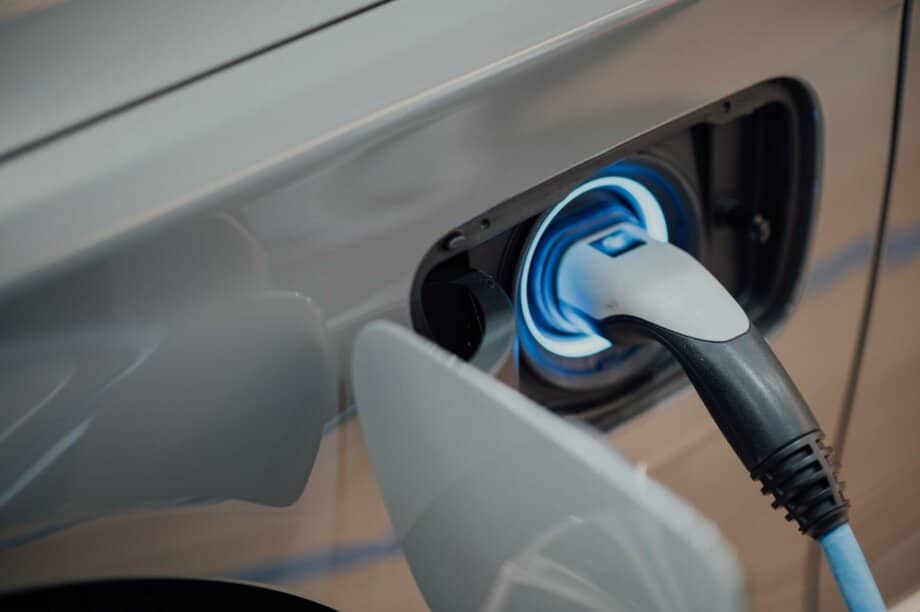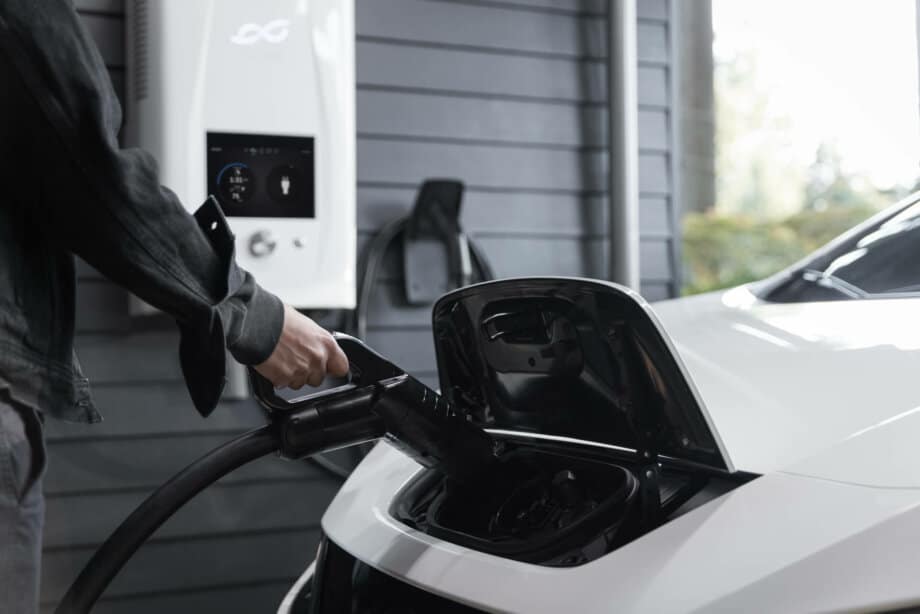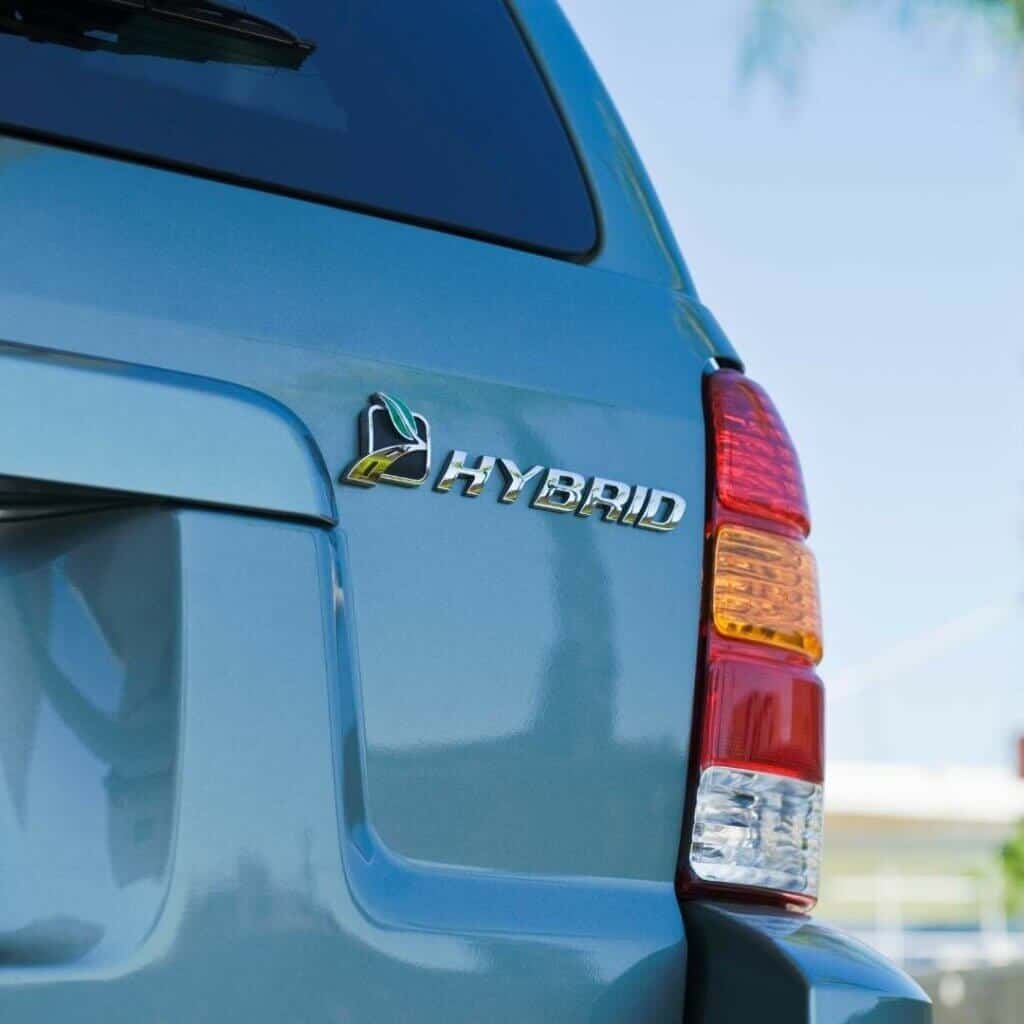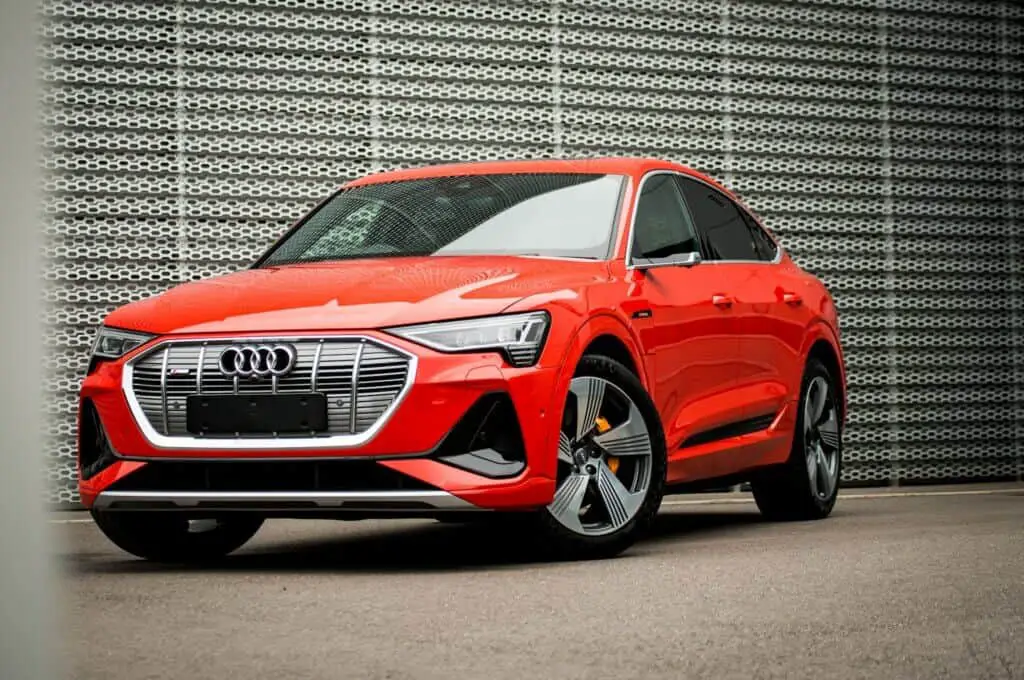If you’re an EV owner, you already know how widely popular both Wallbox and Chargepoint chargers are. When it comes to choosing either Wallbox vs ChargePoint, it’s best to make an informed decision, which leads you to this article.
Here, we’ll explore the differences and similarities between these two EV chargers to help you choose the one suitable for your lifestyle.
Wallbox vs ChargePoint

About Wallbox Pulsar Plus Charger
Wallbox Pulsar Plus is a high-power electric vehicle (EV) charger. It’s designed to be used in commercial, residential, and public charging environments.
Like so, it is equipped with a range of features that make it very easy to use – which is why many EV drivers find it convenient. Some of the most notable features include:
- High charging power.
Wallbox Pulsar Plus charger has a very high charging power that allows it to charge most EVs at a rate of up to 50 miles per hour. It’s capable of delivering up to 22kW of power, which is seven times faster than 120V charging cables.
For those who are constantly on the run, this is perfect, as they can charge their EVs quickly and efficiently.
- Wide range of connectivity options.
Not only does Wallbox Pulsar Plus include WiFi, Bluetooth, and NFC, but you can also control it by using the Wallbox app. This app alone allows the charging process to easily be integrated into a smart home system.
In other words, this enables users to control and monitor the charging process just by using their smartphone or similar device.
- A number of safety features.
A Wallbox Pulsar Plus also has a number of safety features that ensures it’s safe to use. First, it has a built-in ground circuit interrupter (GFCI) to protect against electrical accidents.
Secondly, a Wallbox charger is also equipped with an overcurrent protection system to prevent damage to the charger or the EV.
- Suitable for outdoors.
Since Wallbox has a water-tight power pack, it is suitable and safe to use outdoors. It includes a NEMA 40-50 plug.
- Charge multiple EVs at the same time.
With the Wallbox charger, there’s an option for charging multiple EVs at the same time. You can do so by connecting two or more chargers to a single circuit. This reduces charging time which is always a big plus.
- Solar panel energy use.
When you use an eco-setting on your electric car, this will allow for the use of energy from solar panels strictly. A second option is the use of grid energy next to solar panel energy.
About ChargePoint Home Flex Charger
Charge Point Home Flex is a home electric vehicle (EV) charger, as it allows you to charge your EV at home. A ChargePoint is a Level 2 charger, meaning that it can charge your EV faster than a Level 1 charger would.
Most EVs come with a Level 1 charger, but the efficiency of Level 2 chargers sparks their interest and need to try one. Let’s take a look at the features of a ChargePoint charger so that we can see what makes it so special.
- Charges are nine times faster than a Level 1 charger.
Yes, you read that right. A ChargePoint Home Flex charger has a maximum output of 50 amps, which means it can charge your EV 9 times faster than a Level 1 charger would. It can add up to 37 miles of range per hour.
- Flexible installation.
The ChargePoint charger is flexible in terms of installation, as it can be installed either outdoors or indoors. It has a NEMA 6-50 or a 14-50 outlet.
- Flexible parking space.
A ChargePoint Home Flex comes with a 25-foot charging cable. This gives you the flexibility to park your EV in a variety of locations while still being able to charge it!
- Built-in WiFi
The charger also has a built-in WiFi connection. This allows you to monitor and control your charging sessions using the ChargePoint app on your own smartphone.
This feature also allows you to charge your EV faster and more efficiently.
- High Compatability
Because the ChargePoint Home Flex charger is compatible with most EVs on the market, you can use it for popular models such as Tesla Model 3, Nissan Leaf, and others.
- Warranty & Efficiency
Before we invest in a product, we want to make sure it lasts. A ChargePoint charger comes with a 3-year warranty, 24/7 customer support, and it’s ENERGY STAR certified for efficiency.
Wallbox vs ChargePoint Summarized Similarities

Both Wallbox and ChargePoint are companies that manufacture EV charging stations. That being said, there is a number of things that these chargers have in common. Take a look at this table for a summarized overview of Wallbox vs. ChargePoint similarities:
| Features | Wallbox Pulsar Plus Charger | ChargePoint Home Flex Charger |
| Warranty | 3-year warranty | 3-year warranty |
| Plugs | hardwired or plugged-in | hardwired or plugged-in; offers more flexibility with plugs |
| Connector | standard J1772 connector | standard J1772 connector |
| Cable Length | 25 ft | 23 ft |
| Location for use | Indoors & outdoors | Indoors & outdoors |
| Safety | meets safety standards (UL listed) | meets safety standards (UL listed) |
| WiFi | Enabled (+app) | Enabled (+app) |
| Energy | energy efficient (ENERGY STAR certified) | energy efficient (ENERGY STAR certified) |
Apart from the above-mentioned similarities in the table, it’s worth mentioning that both companies offer a range of charging stations for both residential and commercial use.
As you can see, both Wallbox and ChargePoint chargers use the same type of connectors, such as the J1772 connector. This connector is compatible with most EVs on the market.
Secondly, both Wallbox and Chargepoint offer app-based services. These apps allow users to locate, reserve, and pay for charging sessions only by using their smartphones.
Also, we shouldn’t forget about the safety features of both of these chargers. Both Wallbox and ChargePoint have safety features such as overcurrent protection, ground fault protection, and thermal protection.
Finally, the last similarity between Wallbox and ChargePoint is that both of them offer installation and maintenance services for their charging stations.
As you can see, Wallbox and ChargePoint are pretty similar in many ways, most of which have to do with their design. They are designed in a way to serve as a convenient and safe way for EV owners to charge their vehicles. [1]
Wallbox vs ChargePoint Summarized Differences
Finally, we come to a point in the article which is the most interesting one for buyers. Despite being quite different in many ways, Wallbox and ChargePoint chargers have some differences between them that can make or break your decision to buy one of them. Take a look at this table and see it yourself.
| Features | Wallbox Pulsar Plus Charger | ChargePoint Home Flex Charger |
| Amperage | between 40 and 48 amps | 50 amps from the same unit |
| Power sharing | Can charge multiple vehicles simultaneously | Can charge two vehicles at the same time at different rates |
| Plug compatibility | 14-50 plug compatibility (only for a 40 amp model) | NEMA 6-50 outlet |
| Virtual assistance | Alexa and Google Assistant | Alexa |
| Bluetooth | WiFi and Bluetooth | WiFi |
| Customer support | good | good (24/7 support)
|
As you can see, the differences between Wallbox chargers vs. ChargePoint start from their product offerings.
In other words, Wallbox offers a range of EV charging solutions, which include home chargers, public chargers, as well as workplace chargers.
On the other hand, ChargePoint also offers a range of EV charging solutions. These are different and include charging equipment for fleets and multi-unit dwellings next to the home, public, and workplace chargers.
Next to that, the difference is in the speed. While Wallbox chargers are available in a range of charging speeds from 3.7 kW to 22 kW, the range for ChargePoint chargers is from 3.6 kW to 350 kW.
When it comes to connectivity, this is a tricky one, as it can be mentioned both as a difference and a similarity.
Both of them provide WiFi and apps which allow users to monitor and control their charging sessions. They can be connected to a smartphone or tablet through the app.
Next to that, the Chargepoint app specifically allows users to pay for charging sessions, track their energy use, and receive notifications about their charging status.
Last but not least, even though the price of these chargers is similar, it can depend on the model and the features you choose. In general, the Wallbox chargers tend to be more expensive than Chargepoint chargers.[2]
Read Also: MG ZS EV Problems
Wallbox vs ChargePoint – How to Choose the Right One

Now that you know about the similarities and differences between these two options, it’s easier to make the right choice. However, the best choice for you will depend on your specific charging needs and preferences.
Here are a few bullet points to keep in mind when deciding between a Wallbox and ChargePoint charger:
- Make sure that you choose the charger that is compatible with your EV.
- Consider the charging speeds of the chargers. In other words, consider how quickly you need to charge your vehicle so you can choose a charger that meets your needs.
- Consider the cost of the charger, as well as installation fees. To find the best deal for your budget, you need to consider if you are willing to pay more for a faster-charging speed.
- Consider the smart features of each charger, including the charging capabilities, mobile app integration, and the ability to remotely monitor and control your charging.
- Research the customer service of both chargers, so you can see which one offers the best support and maintenance options.
Read Also: Juicebox vs Tesla Charger
Verdict
As both Wallbox and ChargePoint offer high-quality EV charging equipment, it can be hard to find any differences worth noting. Hopefully, this article helped you with exactly that.
Ultimately, the right choice for you will depend on your specific needs, budget, and preferences when it comes to certain features.
Read Next: ChargePoint vs EVgo Station




